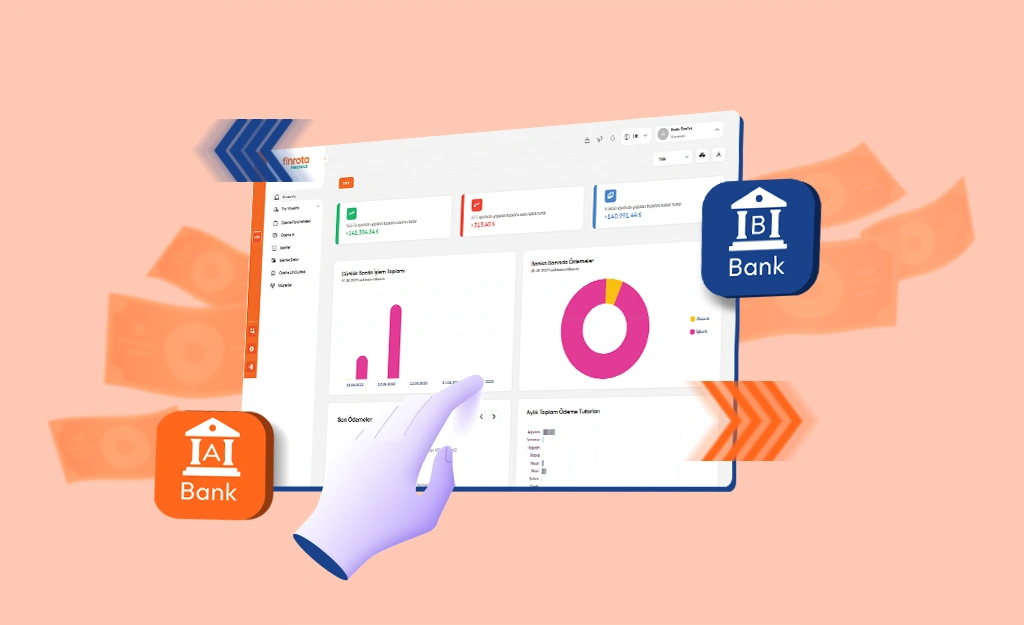Every second your servers are running, they generate not just data, but also significant costs and a considerable carbon footprint. But what if you could reverse this equation, boosting your technological power while reducing both your bills and environmental impact? In an era where digital transformation is a necessity, companies find themselves in a dilemma: on one hand, the powerful IT infrastructure required to compete and grow in the market, and on the other, the unstoppable energy costs and increasing environmental pressure this infrastructure brings.
This article is here to show that this dilemma isn't a foregone conclusion. You'll discover how financial efficiency and planetary responsibility can come together in perfect harmony through a strategic approach called cloud optimization, and how it can propel your business into the future.
The Report Card for Traditional Data Centers
Most finance and IT directors may not be aware of one of the biggest hidden costs in their budgets: the inefficiency of on-premise data centers. The gold standard for measuring this inefficiency is the PUE (Power Usage Effectiveness) ratio. In its simplest definition, PUE is a metric that shows how much of the total energy entering a data center actually reaches the servers—the hardware that does your work.
It's not surprising for a traditional data center to have a PUE ratio of 2.0. This means that for every 1 kilowatt of energy used by IT equipment, another 1 kilowatt is spent on overhead like cooling, lighting, and power distribution. In other words, half of your energy bill goes directly to waste, while these overhead costs also produce a significant carbon footprint that is directly outside of your control.
Let's put this in a global perspective: did you know that data centers account for approximately 1-2% of the world's total electricity consumption? This massive consumption places them in the same league as the largest industrial sectors. Therefore, the energy consumed by your servers is no longer just an IT issue; it's a critical financial and sustainability problem that directly impacts your balance sheet, profitability, and corporate image.
Hyperscaler Cloud Providers and Efficiency
So, what's the solution that breaks this inefficiency equation? The answer lies in the green data centers of hyperscale cloud providers.
When you think of a "green data center," don't just picture a building with a few solar panels on the roof. These centers are engineering marvels that represent the pinnacle of efficiency. They include:
AI-powered, intelligent cooling systems that adjust to instant needs.
Multi-billion dollar renewable energy agreements (wind, solar).
Extremely low PUE targets of 1.2-1.4 (meaning 80-90% of energy goes directly to the IT load).
Automation platforms that constantly optimize energy usage.
It's not hard to see why giants like Google (GCP), Amazon (AWS), and Microsoft (Azure) invest billions of dollars in this area every year. The efficiency they achieve through their scale is a level that a single company could never reach with its own on-premise system.
Therefore, moving to the cloud isn't just a "lift-and-shift" of your servers from one place to another. It's an upgrade of your company's engine from an old and inefficient infrastructure to one of the planet's most efficient machines.
Don't Just Migrate, Optimize!
By migrating to the cloud, you've taken the first major step on the path to efficiency. But the real gains—the smart investments that protect both your budget and the planet—are hidden in the art of using the optimization tools the cloud offers. This is where strategy comes in:
1. Right-Sizing You wouldn't buy a jacket a few sizes too big and pay extra for it. The same logic applies to cloud resources. Right-sizing means adjusting your server capacity to your actual usage, ensuring you don't pay a single penny for unused processing power or storage. This means immediate cost savings.
2. Autoscaling Think about your business's busiest Friday afternoon; your system automatically increases its capacity to meet demand. Then, during the calm of midnight, it scales down to a minimum level. That's autoscaling. This intelligent system ensures your resources respond perfectly to demand while minimizing both your bill and energy consumption at all times.3. Serverless Architecture This is the most revolutionary step in efficiency. With serverless architecture, you are charged only for the milliseconds your code is running. When your code is idle, no server is running, no energy is consumed, and no costs are incurred. We can liken this to a car that, instead of idling in traffic, completely turns off its engine every time it stops and starts it again. However, thanks to the intelligent design of serverless architecture, "cold start" costs are minimized. This is the complete opposite of the traditional model where a server must run 24/7, and it represents the absolute peak of efficiency.4. Green Region Selection Major cloud providers now offer you an option: hosting your data in data centers that are powered by 100% renewable energy sources. This choice directly lowers your company's carbon footprint and provides tangible data for your sustainability reports.
Both Economic and Ecological Advantages
When you place cloud optimization at the center of your strategy, the benefits are twofold:Financial Return (ROI):
Reduced Operational Expenses (OpEx): Your costs for electricity, cooling, maintenance, and personnel are significantly lowered.
Lower Total Cost of Ownership (TCO): You no longer have to make expensive hardware investments and renew them every few years.
Predictable Budgets: The pay-as-you-go model makes your IT spending transparent and predictable.
Ecological and Reputational Return:
Reduced Carbon Footprint: Less energy consumption means fewer carbon emissions.
Strengthened Corporate Social Responsibility (CSR): It becomes easier to achieve your sustainability goals.
Increased Brand Value: Your reputation is strengthened among environmentally conscious customers, partners, and investors.
The Smart Way of Doing Business in the Future
In summary, traditional on-premise servers create a burden that is both expensive and environmentally unsustainable. Cloud computing offers a green and efficient alternative to this burden, while the real and lasting gains come from intelligently optimizing cloud resources.This is precisely where our vision at Finrota lies: building smart financial platforms that run on infrastructure that is both ultra-efficient and sustainable. This vision is not just a technological choice; it is also a smarter, more profitable, and more responsible way of doing business.
So, are you ready to transform your company's financial and operational infrastructure with this vision?
Discover now how Finrota's cloud-based smart solutions can bring efficiency to your business.



